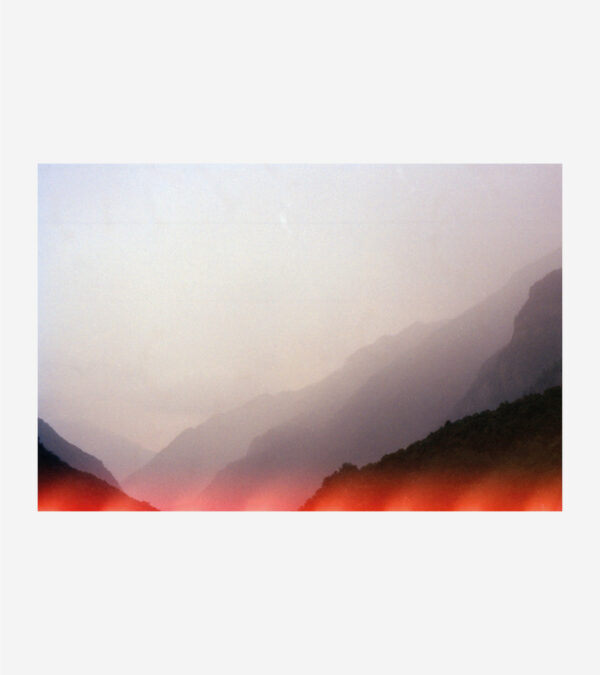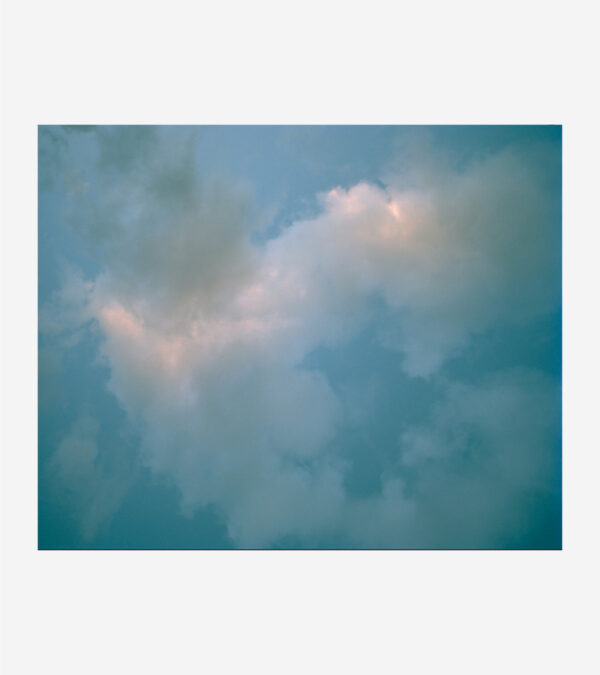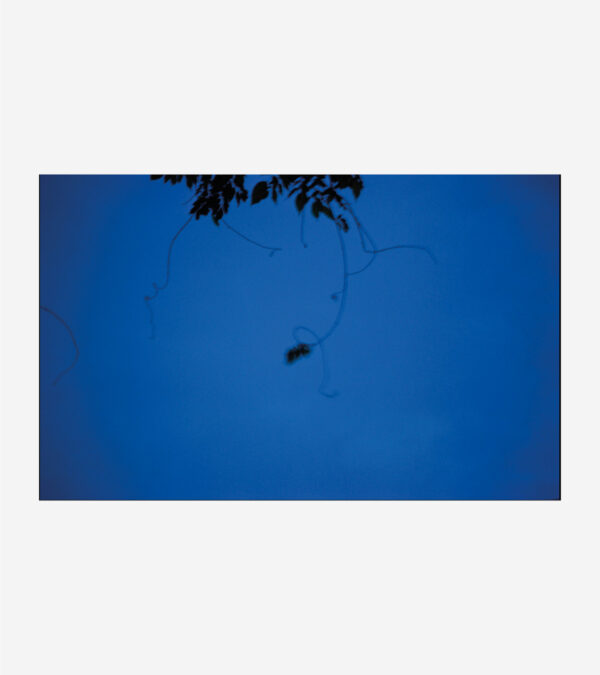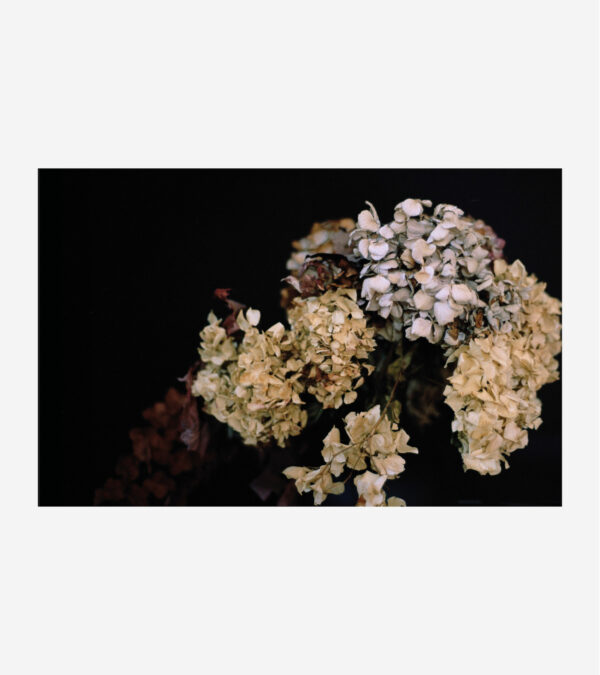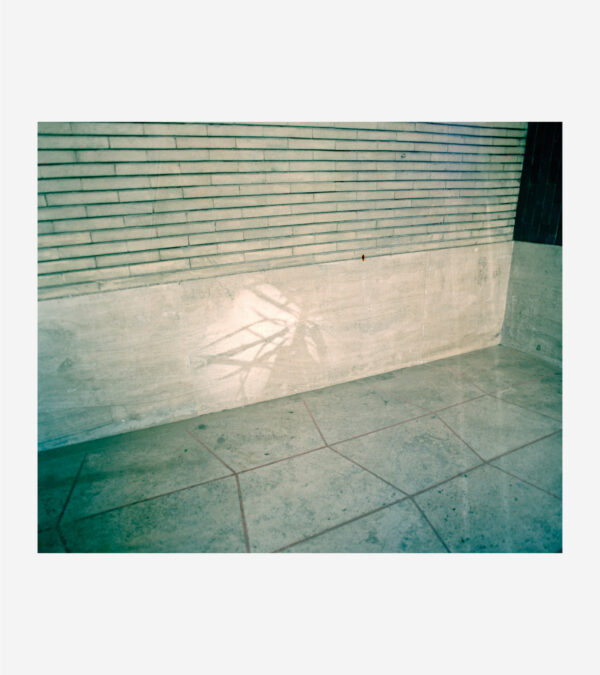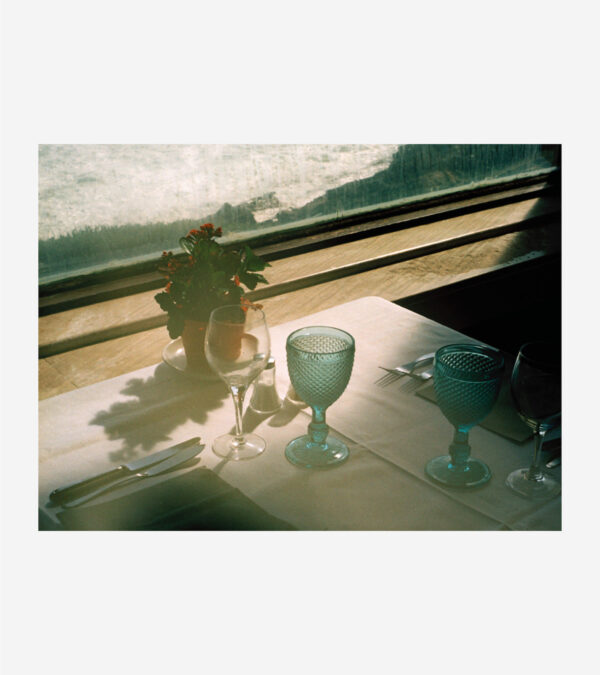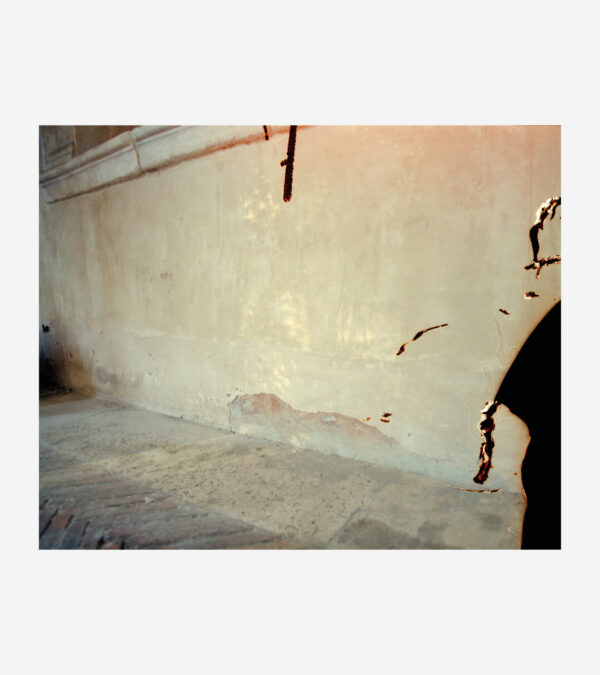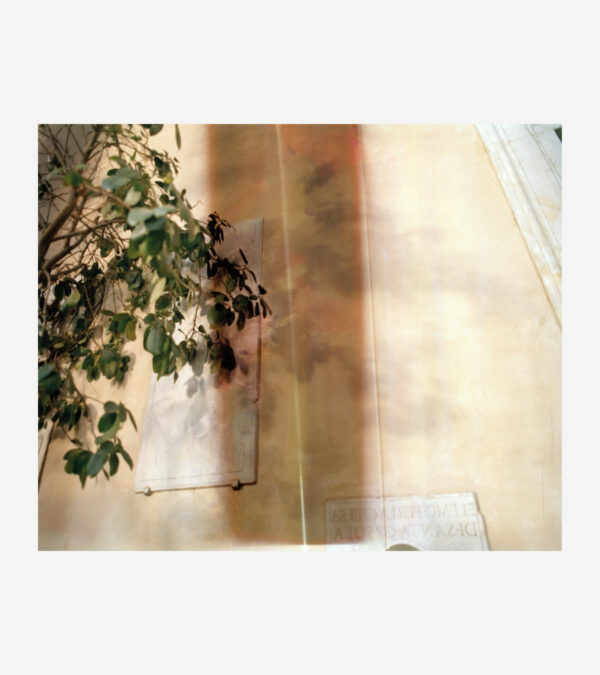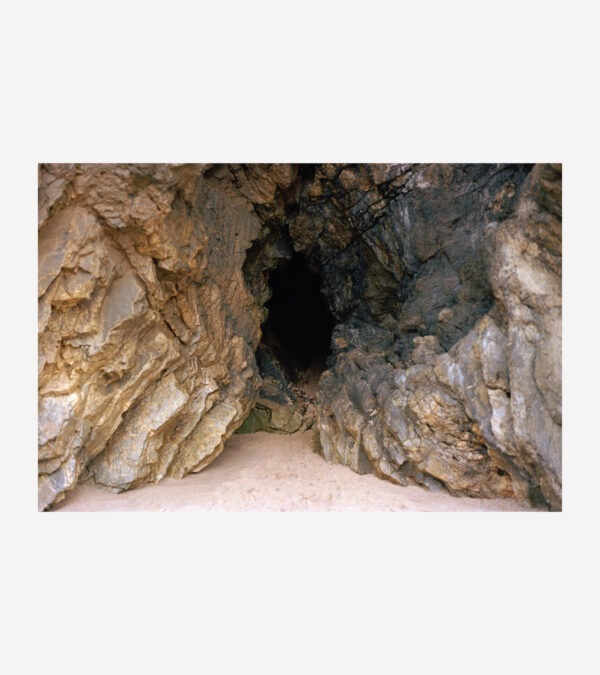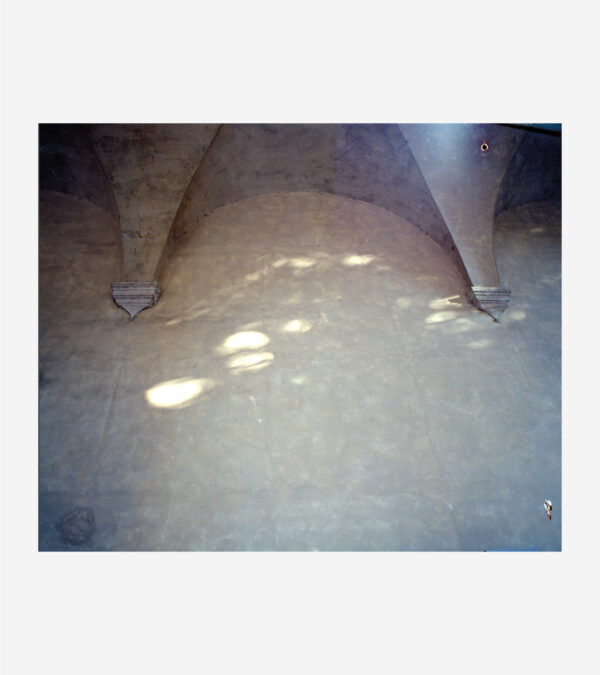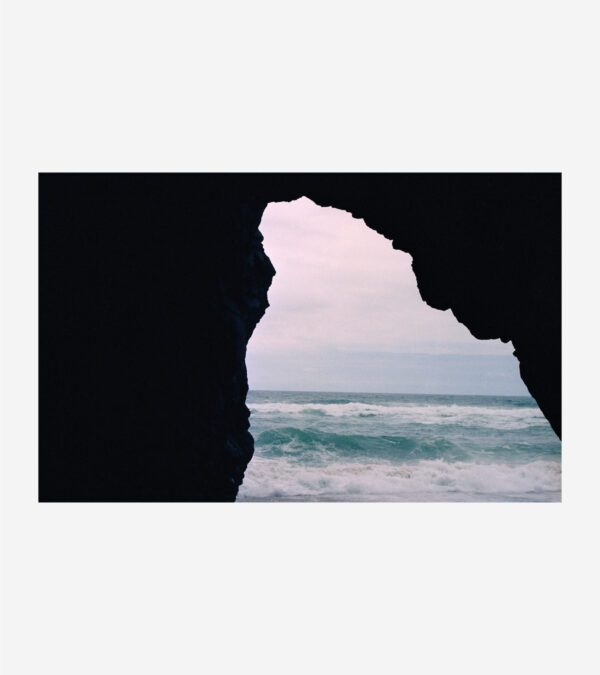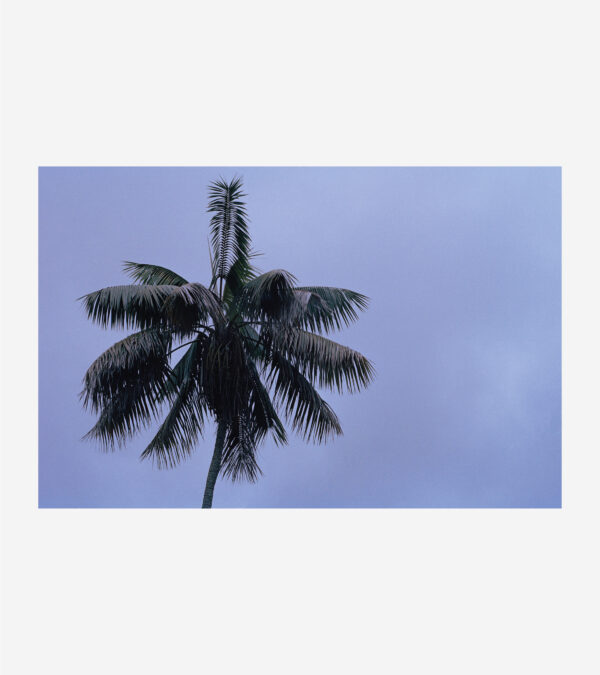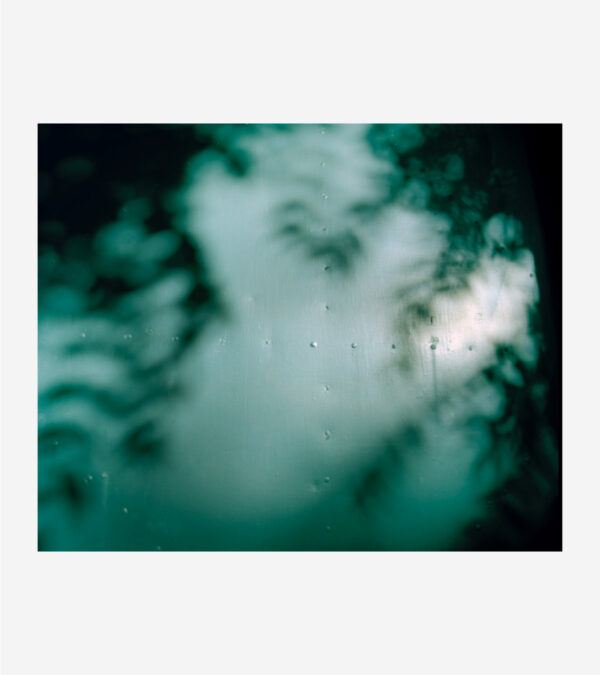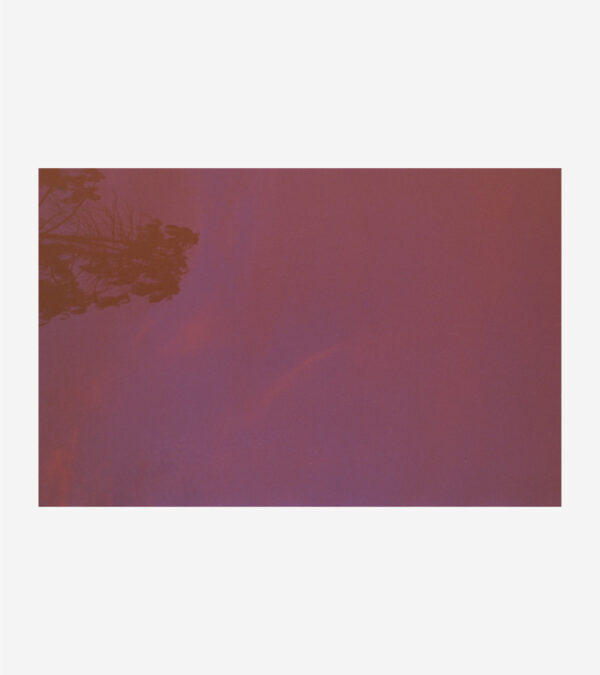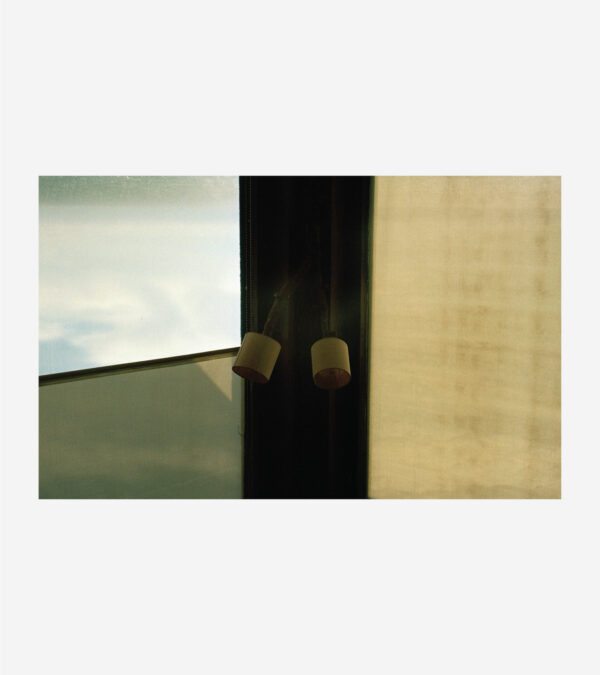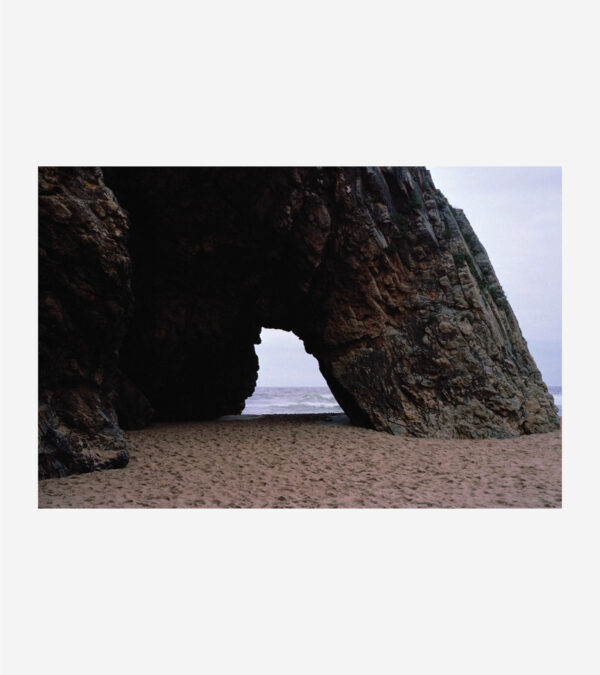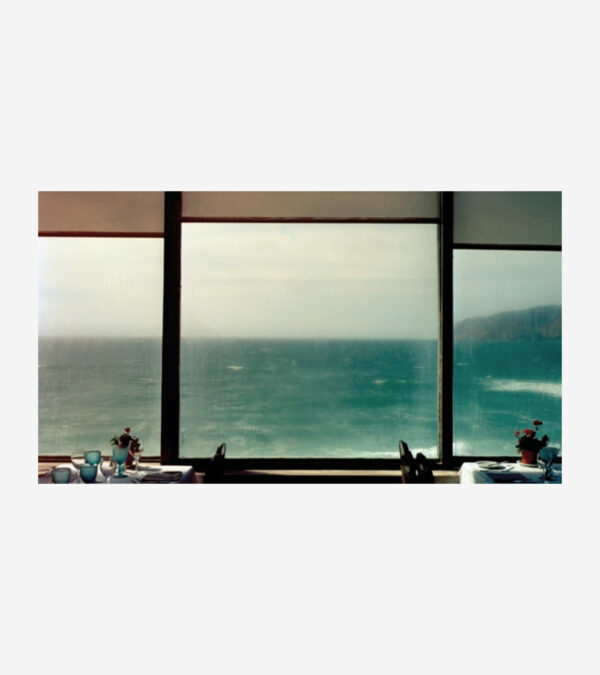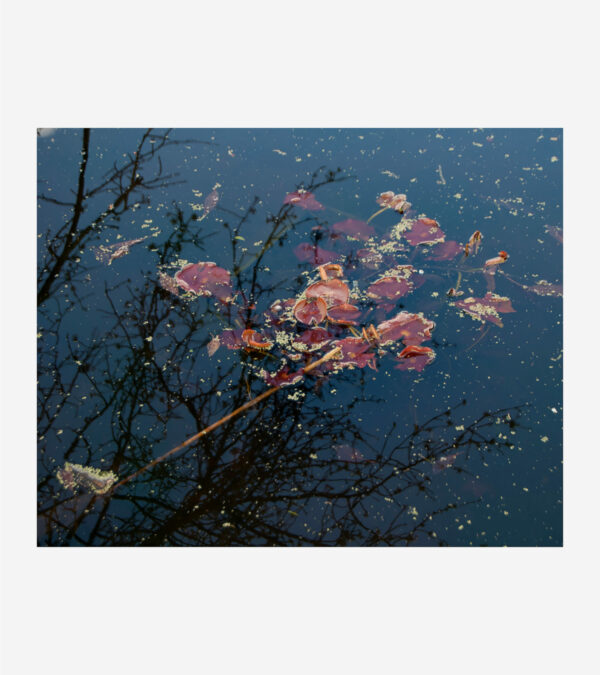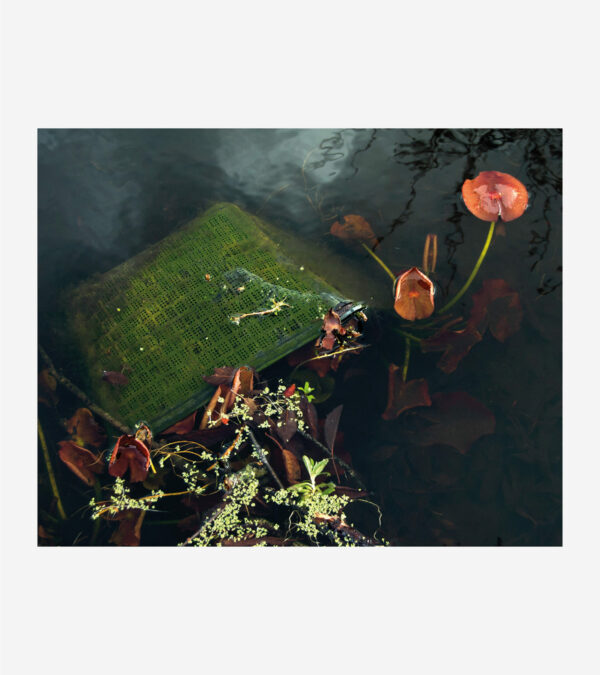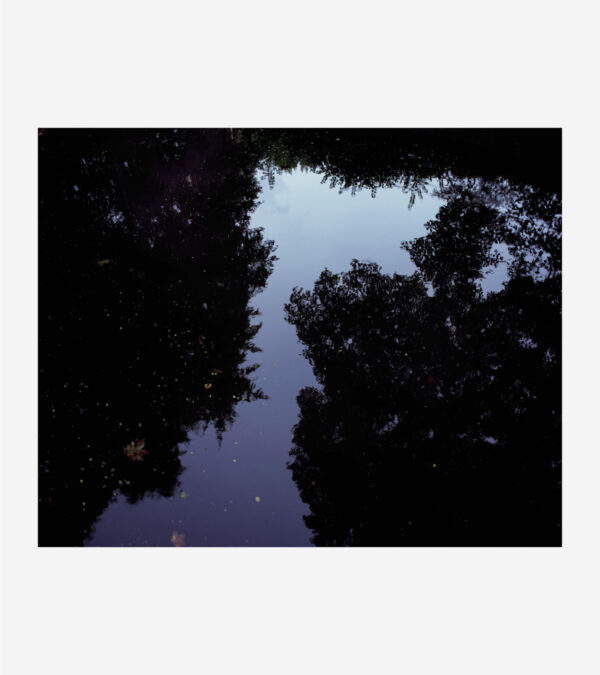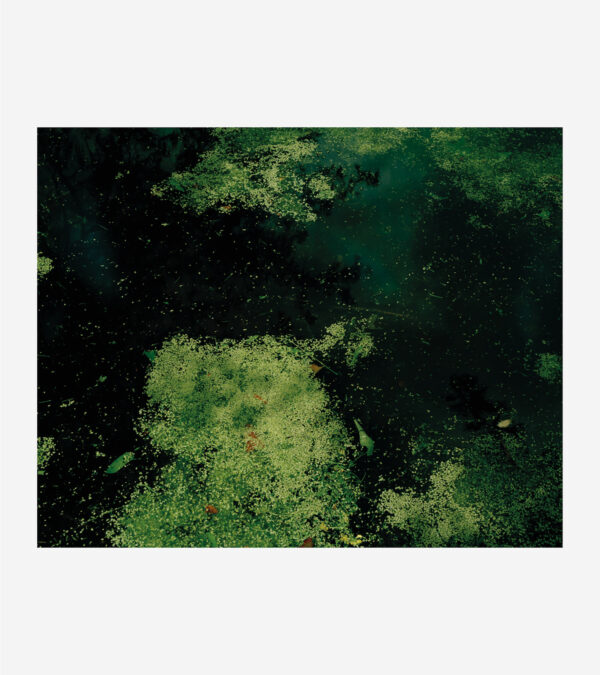PHOTOGRAPHY
SHARON YOUNG
Sharon Young is an artist and lecturer based in London. b. 1982, Belfast. Her work has been exhibited worldwide including Tate Exchange; Liverpool, Venice, Encontros das Imagem, Braga; Goa Photo Festival; Cosmos, Arles; The Centre of Photography, Clement-Ferrond, Tate Liverpool, and P3 Ambika Gallery, London and has been the recipient of awards such as Flash Forward Magenta Awards, Canada and The International Photography Awards, New York. Her work is held in public collections such as the V&A Library, The Yale Centre for British Art and PhotoIreland Foundation. She has recently presented her research at conferences such as She is Hysterical, UCLA, PSi 25, Calgary, Ithaca College, New York and University of Oxford.
Sharon is a lecturer in photography at Ithaca College, London Centre and University of Roehampton and Visiting Lecturer at the Royal College of Art. She is on the steering committee of 'Speaking of Her,' a feminist research network for the production and dissemination of art practice and research. She is currently undertaking her PhD at the Royal College of Art where her research topic is: Once More with Feeling: The reinvention of ‘hysteria’ through photography, performance and autofiction.
Untitled #1 from the series Once More with Feeling
£600.00 – £2,900.00Untitled #2 from the series Once More with Feeling
£600.00 – £2,900.00
‘Once More with Feeling’ Series (see all prints for sale below)
by Sharon Young
Once More with Feeling is a ‘transcreation’ through contemporary art practice of the novel Madame Bovary by Charles Flaubert published in 1856. The exhibition contemporizes the novel in order to consider parallels between the protagonist and the societal frameworks at play then and today, considering how things have changed and also, how they may not have changed.
The starting point for this project was a question I asked myself: why do some women in the twenty first century feel that we don’t have a voice? It’s not that we are silenced – we do speak and even speak up – it is rather that often we cannot find the words to say what we want to say. It is this feeling of being ‘outside language’ that I wish to address in my artworks. My experience as a woman becomes the material for autofictions, not as a solipsistic exercise but as a way to offer a critique of romanticism and contemporary societal contexts.
The use of image-text in my art functions as a way to demonstrate my own fragmented experience of incoherence. I open up the image to polysemous readings but also seek to open language itself, as a means to show the ‘real’ of my experience. In a sense it is the opposite of a coherent communication system and functions instead as a means of highlighting the slipperiness of language itself. It is an invitation to the viewer to enter into this space of being ‘outside language’ with me to generate fantasies, interpretations, associations and memories
inside the mind.
Untitled #3 from the series Once More with Feeling
£600.00 – £2,900.00Untitled #4 from the series Once More with Feeling
£600.00 – £2,900.00Untitled #5 from the series Once More with Feeling
£600.00 – £2,900.00Untitled #6 from the series Once More with Feeling
£600.00 – £2,900.00Untitled #7 from the series Once More with Feeling
£600.00 – £2,900.00Untitled #8 from the series Once More with Feeling
£600.00 – £2,900.00Untitled #9 from the series Once More with Feeling
£600.00 – £2,900.00Untitled #11 from the series Once More with Feeling
£600.00 – £2,900.00Untitled #12 from the series Once More with Feeling
£600.00 – £2,900.00Untitled #13 from the series Once More with Feeling
£600.00 – £2,900.00Untitled #14 from the series Once More with Feeling
£600.00 – £2,900.00Untitled #15 from the series Once More with Feeling
£600.00 – £2,900.00Untitled #16 from the series Once More with Feeling
£600.00 – £2,900.00Untitled #17 from the series Once More with Feeling
£600.00 – £2,900.00Untitled #18 from the series Once More with Feeling
£600.00 – £2,900.00Untitled #1 from the series The Subtext of a Dream
£600.00 – £2,900.00Untitled #2 from the series The Subtext of a Dream
£600.00 – £2,900.00Untitled #3 from the series The Subtext of a Dream
£600.00 – £2,900.00Untitled #4 from the series The Subtext of a Dream
£600.00 – £2,900.00Untitled #5 from the series The Subtext of a Dream
£600.00 – £2,900.00
